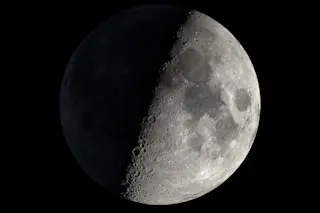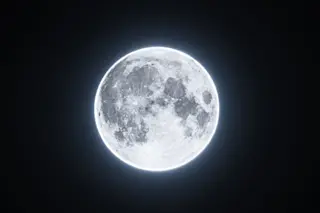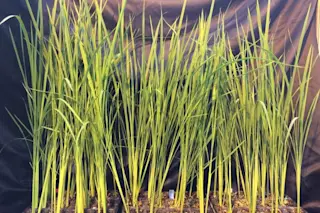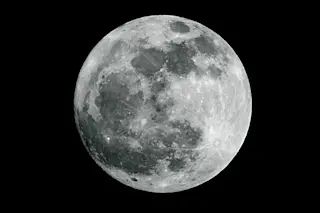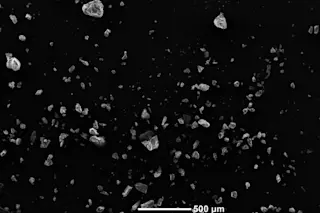The Moon is anything but a lifeless rock hanging in our sky. It has pockets of water ice trapped on its surface, caves in which astronauts might one day live, and even an incredibly tenuous atmosphere known as an exosphere.
That thin layer of atoms, which begins at the lunar surface and extends 100 kilometers (60 miles) into space, exists mostly because small micrometeoroids strike the surface, vaporizing atoms and lofting some into the void. That’s according to a new study published in Science Advances.
The Moon’s exosphere is made up of elements such as argon, helium, oxygen, and potassium. It has an extremely low density—just 100 molecules per cubic centimeter (0.06 cubic inch) compared with the 30 quintillion (1018) at Earth’s surface—but is substantial enough to glow in sunlight, as seen by spacecraft and even by some Apollo astronauts.
The origin of that exosphere had been uncertain since its ...


